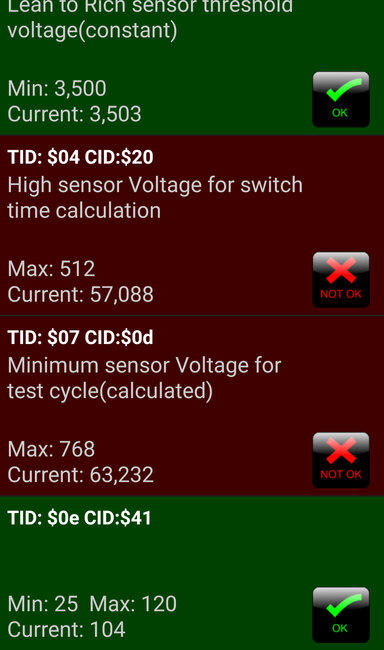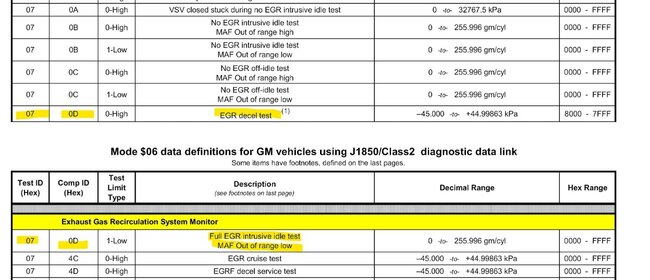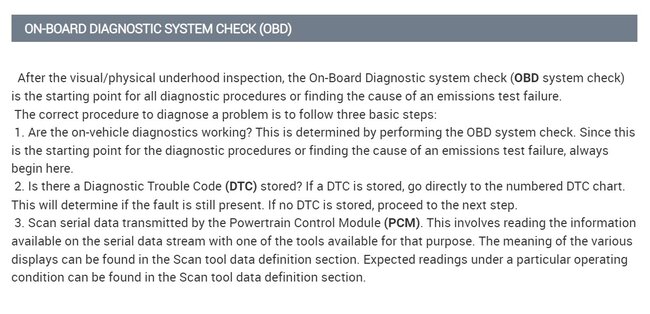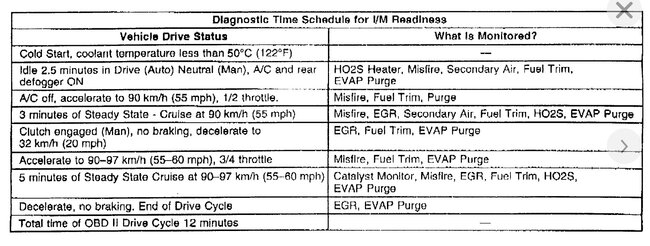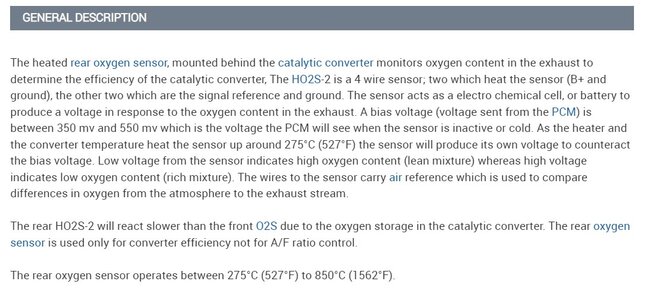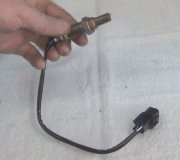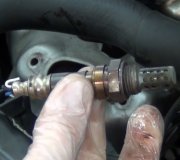Hello, what you're looking at is Mode 6 Data, mode 6 data was originally programmed into engine computers for engineers to determine how well systems are working with the current settings, but we do use it now as Technicians for diagnostics since information on the data displayed became available. These are self-test results and not actual Diagnostic Trouble Codes. So, for example, the TID (Test ID) 04 and then Component ID 20 is a self-test of the Catalytic Converter efficiency which is monitored by the oxygen sensor after the Converter. Its self-test reveals that the Converter has low efficiency, but not low enough to set a P0420 or P0430 which are OBD2 diagnostic trouble codes for the converter.
The other Test ID is for the EGR valve decel test, So the EGR valve may have some carbon build up on the valve itself or the pipe leading to the exhaust. They tend to get carbon build up in them over time and with the age of the vehicle, you may want to take the valve off and inspect all the passages from the exhaust to the intake manifold. With the age of your vehicle there will most likely be carbon build up. This monitor looks like it monitors the mass air flow sensor while activating the EGR valve for any change. I will post some more information on the mass air flow sensor if your vehicle has one. I have not looked at the wiring diagrams yet for the vehicle.
So, I dent see a Mass Air flow sensor for your vehicle, which means it monitors intake manifold vacuum using a MAP sensor, and the engine computer will monitor the map sensor when activating the EGR valve and watch for a pressure change. But just because these self-tests are not within limits doesn't mean you will fail the emissions test. If the check engine light was on then you would,
Some things you can do is check the throttle plates for any carbon build up, check the EGR valve and passages for carbon. You can also pull up the live data on your scan tool and see what the voltage of the rear oxygen sensor is doing. A slow oxygen sensor can cause self-tests to fail as well.
The rear oxygen sensor has a heater circuit built into it; the heater gets the sensor working faster on cold start-ups.
The front oxygen sensor on this vehicle does not have a heater, so it relies on the exhaust gases to heat it up and this takes longer. Checking the voltage levels of that sensor as well is a good thing to do. It should have a fluctuating voltage of around 0.2volts to 0.8volts. About a 1-volt swing.
Here are a few guides to help understand each system.
With the App you're using, look into the Global OBD2 side of things. I haven't looked at the Torque app in a long time, so I'm not sure why it led you to the Mode 6 data instead of the OBD2.
One last thing, the Lean-to Rich Sensor threshold voltage is just above the minimum, so the Oxygen sensors are looking like they are due for a change. It is passing the monitor, but just barely, they get lazy and worn out like every other part eventually. Hope this all helps.
https://www.2carpros.com/articles/how-to-test-an-oxygen-sensor-02-sensor
https://www.2carpros.com/articles/how-emission-control-systems-work
https://www.2carpros.com/articles/how-to-test-a-catalytic-converter
Images (Click to make bigger)
Monday, March 27th, 2023 AT 6:36 PM
